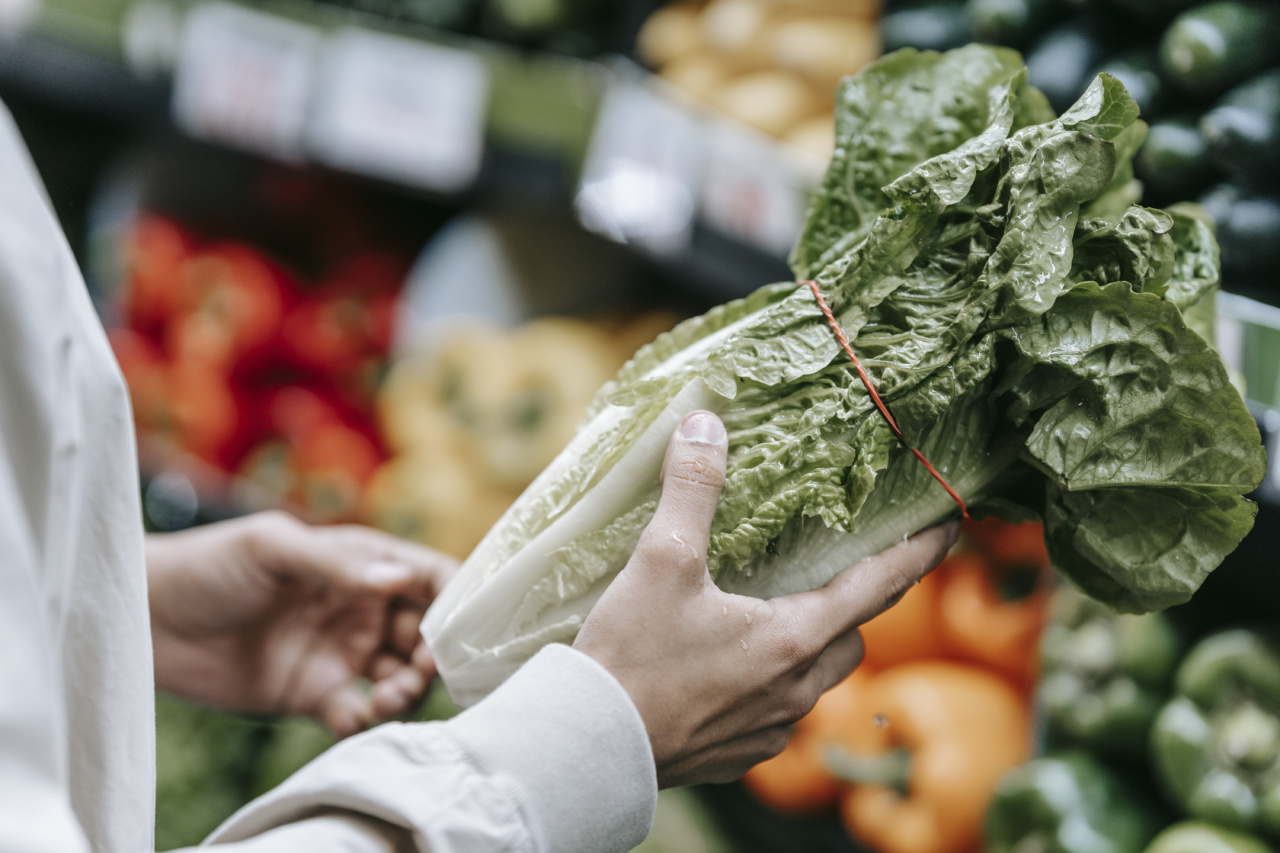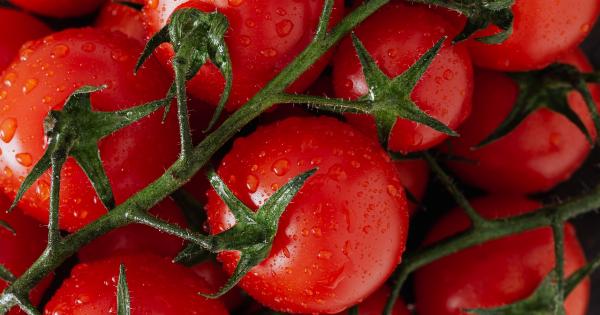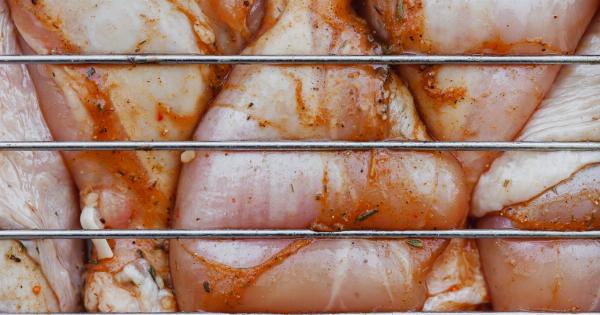As a dog owner, you want what’s best for your furry friend. You strive to provide them with the right nutrition, exercise, and care to ensure their overall well-being.
When it comes to their diet, the debate between feeding raw food versus commercial dog food is a hot topic among pet owners. But is raw food really the best option for your dog? Let’s explore the pros and cons to make an informed decision.
The Pros of Raw Food
1. Improved Digestion: Raw food diets typically contain fewer carbohydrates and are easier to digest for dogs. This can lead to smaller, firmer stools and reduce the risk of gastrointestinal issues such as diarrhea and vomiting.
2. Shinier Coat and Healthier Skin: Raw food diets often include a variety of fresh meats, which provide essential fatty acids that promote a healthy coat and skin. This can result in a shinier and glossier appearance for your dog.
3. Higher Energy Levels: Some pet owners believe that feeding raw food can increase their dog’s energy levels and overall vitality.
This could be attributed to the higher nutrient content and absence of fillers commonly found in commercial dog food.
4. Better Dental Health: Chewing on raw bones and meat can help keep your dog’s teeth clean and reduce the risk of dental issues such as tartar and gum disease. The gnawing action also promotes stronger jaw muscles.
5. Weight Management: Raw food diets are often free from artificial additives and fillers, making them a suitable choice for dogs with weight management issues. These diets focus on providing the right balance of proteins, fats, and carbohydrates.
The Cons of Raw Food
1. Risk of Bacterial Contamination: Raw food can harbor harmful bacteria such as Salmonella and E. coli, which can pose health risks to both your dog and your family. Proper handling and storage practices are crucial to minimize this risk.
2. Nutritional Imbalances: Preparing a balanced raw food diet requires careful consideration of all essential nutrients.
Without proper planning and supplementation, your dog may miss out on crucial vitamins and minerals, leading to nutritional imbalances.
3. Time and Effort: Preparing raw food meals for your dog can be time-consuming and require significant effort. You need to research appropriate recipes, source high-quality ingredients, and ensure proper food handling to maintain safety.
4. Cost: Feeding a raw food diet can be more expensive than commercial dog food, especially if you choose to incorporate organic or specialty ingredients. This cost factor may not be feasible for every dog owner.
5. Travel and Convenience: Raw food diets can be challenging to manage when traveling or in situations where convenience is a top priority. Unlike commercial dog food, raw food requires refrigeration and special handling.
So, What’s the Verdict?
While raw food diets offer potential benefits such as improved digestion, coat health, and dental hygiene, they come with significant drawbacks including the risk of bacterial contamination, nutritional imbalances, and the time and cost involved in preparation. It’s essential to consult with your veterinarian before making any drastic changes to your dog’s diet.
In some cases, a hybrid approach may be suitable, where you provide a combination of raw food and high-quality commercial dog food to ensure a well-balanced diet. This can help address some of the concerns associated with both options.
Ultimately, the best option for your dog’s diet depends on factors such as their specific nutritional needs, any existing health conditions, and your personal preferences and lifestyle.
Regular check-ups with your veterinarian can help you monitor your dog’s health and make informed decisions about their diet.





























